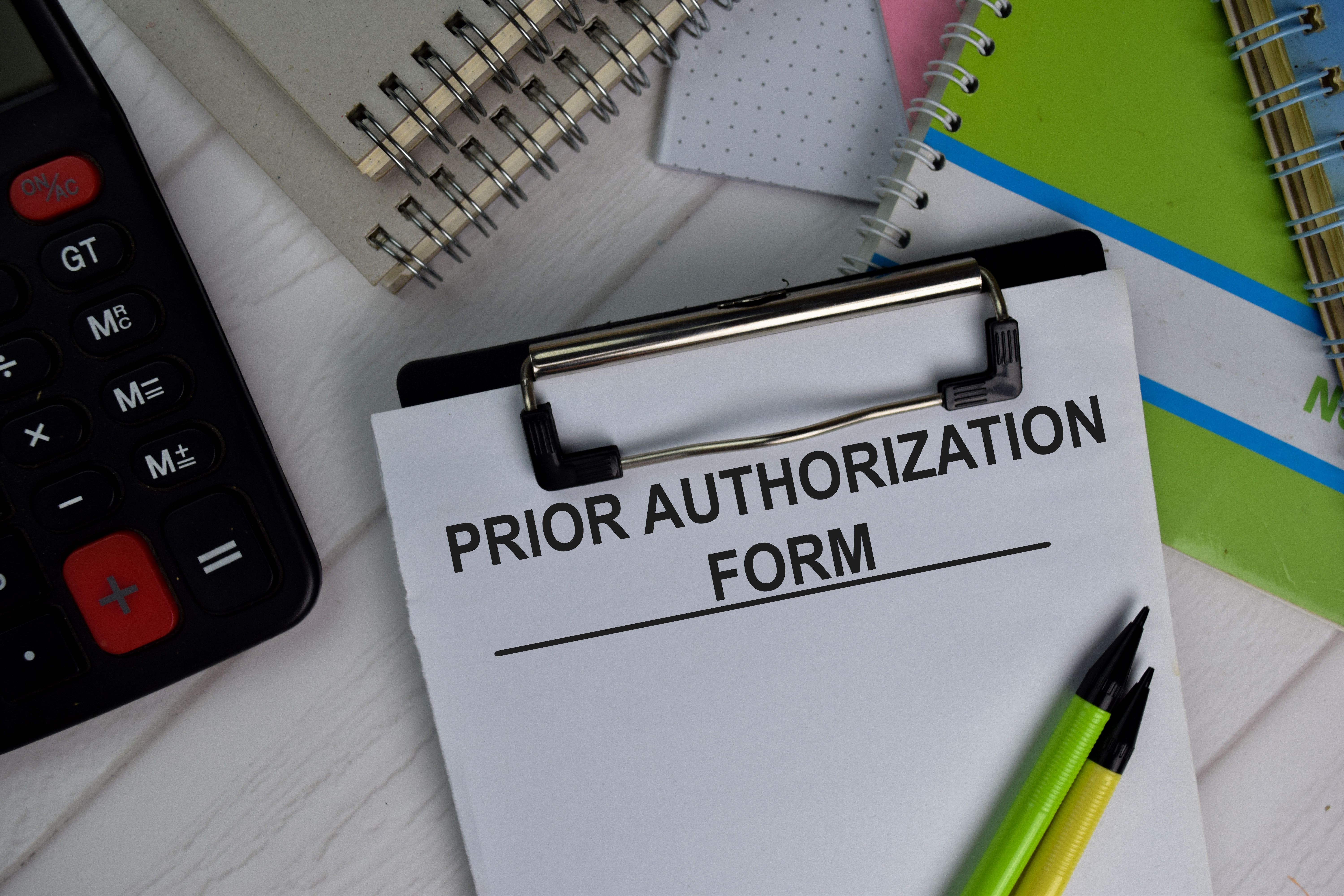Article
Conquering podium paralysis
Author(s):
Personal Best
Feel anxious or even panicky when you get up to face an audience? Or do you sense that your presentation lacks the pizzazz that would help drive your point home? You're far from alone, and it's no reflection on your self-confidence or professional ability.
Since patient care is typically one-on-one, most doctors have given talks as often as the Dalai Lama has given keg parties. So, when it's time to present, you may well dread the prospect. But if you avoid public speaking you may miss opportunities to expand your practice, get the funding or concessions you want, or further your career.
Public speaking skills can be learned. A successful talk entails preparing and organizing the material (including visuals aids), and overcoming anxiety when delivering it.
Divide your talk into a beginning, middle, and end. The beginning grabs attention with a question, anecdote, or challenging statement. The middle builds your argument or provides necessary information; the end should summarize your points, include a call to action, or both.
One helpful tip: create an outline and list your supporting facts and logic. If you organize your talk into a timeline or logical progression, the speech will flow better and you're less likely to go blank during your delivery.
Consider using visual aids, such as a PowerPoint presentation. Be sure they support your message, and choose simple, strong graphics that can be instantly understood.
Time to deliver. Who wouldn't love to captivate an audience like Billy Graham or Anthony Robbins do? Few are so skilled, but more important, you don't have to be that theatrical to make your speech effective.
You should, however, get rid of filler words that make you sound ill at ease, the most common being "ya know?" or "um." Other top offenders: mannerisms like repeatedly smoothing your hair, shifting your weight back and forth, and tapping your foot.
To catch bad speaking habits, practice your talk before family or friends. Get their feedback, or even better, videotape yourself-although orating to family members is fairly low-stress and may not trigger your nervous mannerisms.
Consider a public speaking workshop, where you get instruction, practice, and feedback. Types of workshops vary, from a course at your town's adult school to a $5,000-a-half-day training session taught by Jon Kraushar, whose clients have included Dick Cheney and Rudy Giuliani ( http://www.jonkraushar.net).
An excellent, reasonably priced source of instruction and feedback is your local chapter of Toastmasters International ( http://www.toastmasters.org), an organization that helps people improve their public speaking. Members practice skills such as vocal variety, gesturing, persuading, inspiring, and using visual aids. Annual dues are $54, plus a one-time fee of $20 for new members.
Once you've learned the appropriate skills, practice, practice, practice! Few people can get up and wing it. Read through your talk a couple of times, then condense it into short, bulleted notes on file cards and rehearse with those. You'll grow more comfortable with each run-through, and you may come up with ways to add some flair. Try to let your personality shine through. And when you give the speech, don't race through as if you can't wait to finish it. Pretend you're enjoying yourself, and your audience will feel the same.





